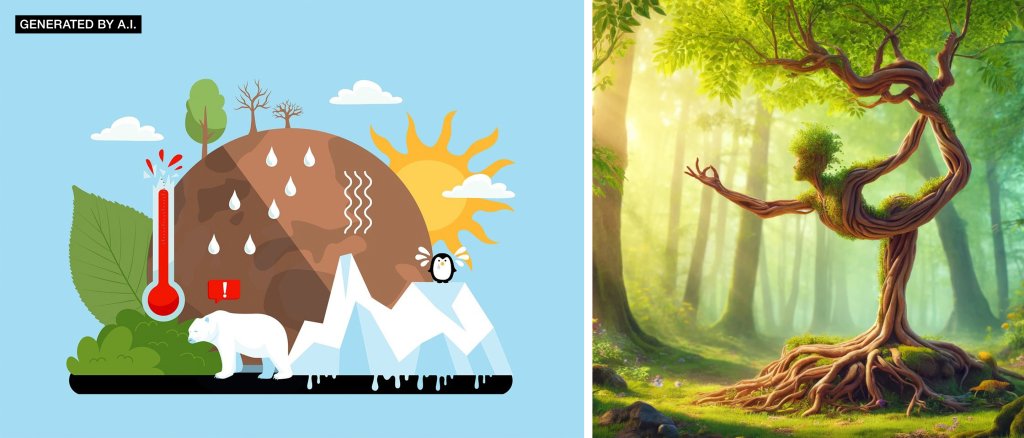Strategies for Giving Secondary Students Plenty of Practice Writing
Frequent practice is key when it comes to improving writing skills, and teachers can foster this growth by requiring students to write often.
Your content has been saved!
Go to My Saved Content.Writing can be difficult to start. You can be filled with ideas, yet finding the combination of words that brings ideas to life can take time. Even among those who are confident in their writing skills, compositions rarely come together in one attempt. No matter how good the first draft looks, the ones that follow will be better by far.
Translating these ideas for students is complicated. However, there is one aspect that’s simple, concrete, and impactful in how much it can help student writers build experience and confidence in their skills. The answer is… write often. Writing is a muscle that needs constant exercise. With more endurance, students can get more crafting done within set time periods.
Collecting lots of content becomes a reservoir of ideas and sample writings that students can use to practice the author’s craft along with the writing process. What follows are different strategies that engage students in getting out their thoughts by building a collection of writing pieces that they can use for a variety of purposes throughout the year. With increased stamina, there’s much that writers can complete for a variety of purposes and audiences.
Quick Write–Free Write Combo
How do we assist writers when it comes to generating ideas and capturing them on the page? The following combo strategy is a reliable way to help writers accomplish this goal for expression. An important first step is to warm up the students with a conversation about the topic. For example, it could be based on a reading or a video. Structured discussion protocols can aid the focus and engagement. Immediately after the warm-up conversation, have the students dive into the writing combo.
Set the timer for two to four minutes, depending on the newness of this strategy to the learners. Have them write without pausing, anything they recall from the warm-up conversation, plus any insights they picked up since. It’s important that writers do not stop to fix grammar or spelling. Just capture thoughts and ideas. When time is up, they review their writing and underline or highlight at least three different passages and/or phrases that resonate for them.
For step two, students complete the free write. Double the time allocated for the quick write. Learners select one of their chosen passages and post it below the quick write content. As writers, they expand on their choice with more details, context, and perspective. They can pause to think about what and how they want to write something. If they run out of things to write, they can pick another passage to copy down and continue the process. By the end of this combo, writers will have a rough draft to expand and shape as part of the writing process.
Pictures as Muses
Constructing ideas can feel like an exercise in abstractions. Pictures provide concrete context for writers to study, pull out details, and compose connections and speculations that fire up one’s intellect and imagination across any subject area. The optimal picture has lots of detail, has contrasting viewpoints, and/or reflects a thought-provoking context.
The image at left represents climate change, and the image at right represents a story starter: “I followed the music into the woods. A voice sang in my head, ‘What took you so long?’”

Other sources for pictures include The Mysteries of Harris Burdick, by Chris Van Allsburg; online photo galleries; and websites of news outlets.
Teacher Modeling
Many students believe in the myth that their teachers are perfect writers, requiring only one draft. Teachers modeling their imperfect early drafts with think-alouds about their writing process can have a positive impact on student writers. Share decisions about the author’s craft, such as word-choice changes and expanding details based on the target audience. Showing the imperfections helps students see in real time how writers improve the content through rounds of revisions and edits. Use drafts that you complete by participating in the strategies above alongside your students.
You can share your original draft to demonstrate through think-alouds how to edit and revise ideas. Use generative AI as a thought partner. Its purpose is to give feedback based on specific author’s craft questions, suggestions for adding content, and grammar checks. The intent is to model how to make the writer’s original content even better, and not to automate a first draft. View an example generative AI author craft conversation in this PDF.
Make Work Public
Having a publication deadline and an accessible location for the results can motivate writers to use the writing process. Submissions to the teacher have no other witnesses, unless the work will be published in a public area such as a classroom blog, a hallway, or by an outside organization. The act of submitting student writing for consideration counts as publication because an outside audience is viewing the work. Not only the best work is published. Instead, any work that fulfills the minimum requirements of quality should be published. The message to students is “Your thoughts matter.”
These strategies give student writers much practice through meaningful purpose and intention. As they collect writing pieces from the exercises, they can draw on the ideas to practice the author’s craft and to compose their best draft for publication. Try these exercises yourself to know how students will feel. As with any workout, take time to reflect on their volume of content creation and crafting to show them their growth as writers.
